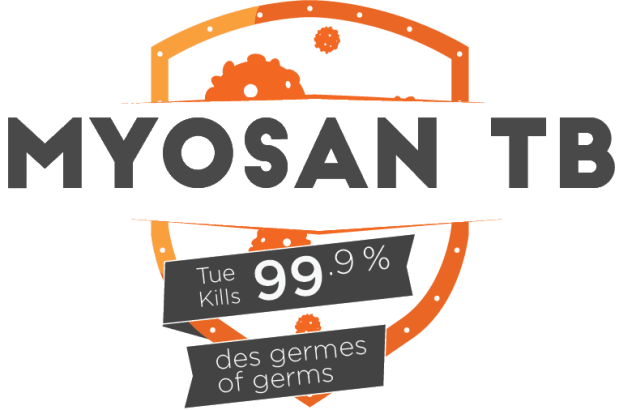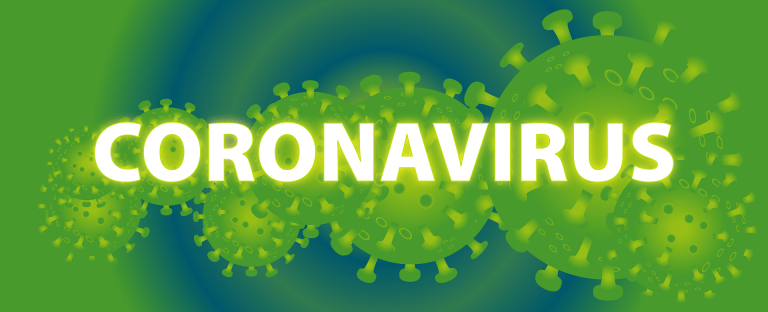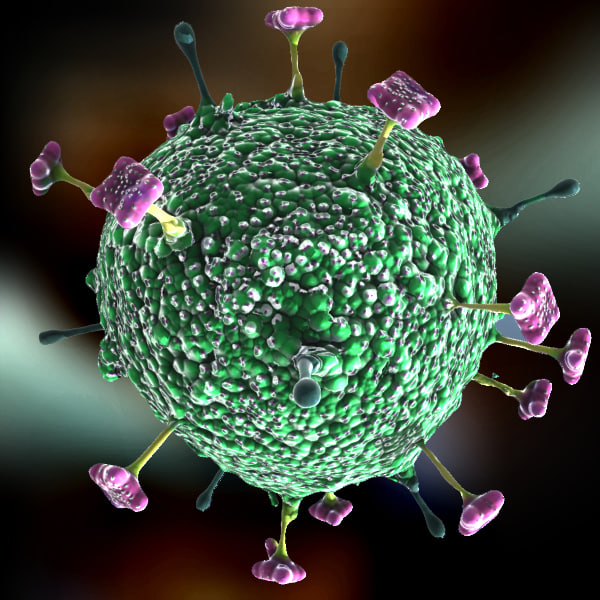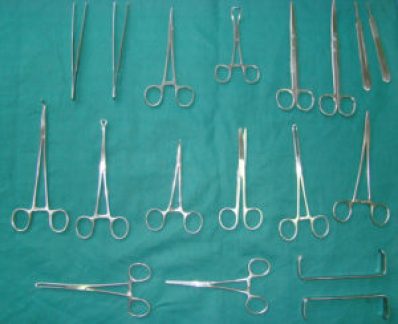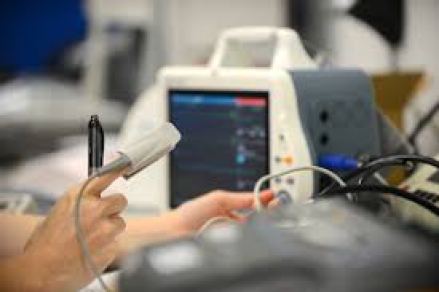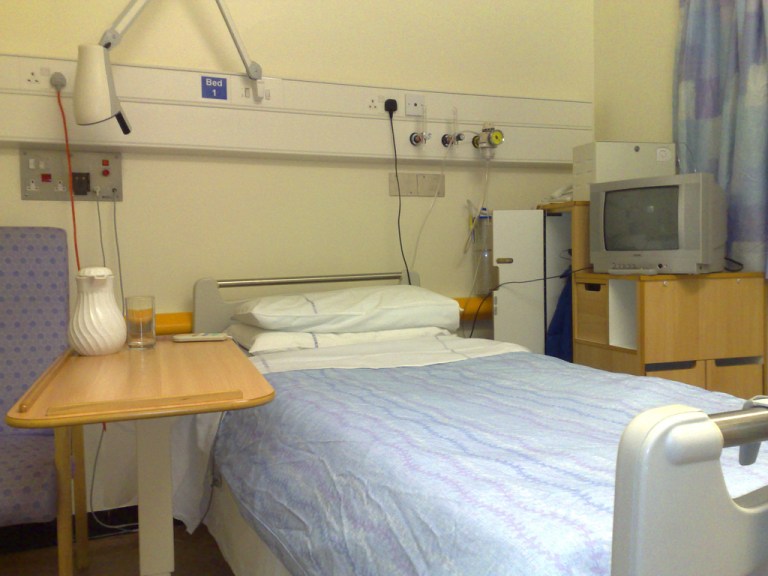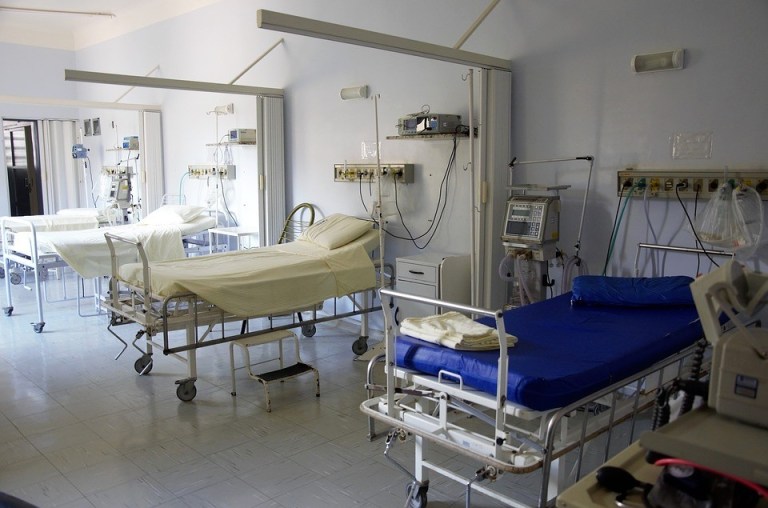
You’ve already seen on this blog just how dirty cellphones can get, but did you know that cellphones and other electronics such as tablets and laptops can also cause contamination in a healthcare setting, potentially making them a source of HAIs? Hospital staff use technology throughout their workday, whether it be to enter patient information in a computer or for personal use on their breaks. If they don’t wash their hands before and after using the device, it can become contaminated causing those workers to spread the bacteria all throughout the hospital.
According to Kelly M. Pyrek (2019),
“A casual online poll of ICT readers shows that 83 percent of survey respondents use their personal mobile technology devices within the hospital, and just 68 percent said they clean/decontaminate these devices regularly. Fifty-seven percent of respondents indicated they use a hospital-issued mobile technology device in the course of their workday; 56 percent report cleaning the device themselves, while 7 percent let someone else clean the device.”
Kelly M. Pyrek, Infection Control Today, 2019
Many hospitals are now realizing that technological devices are a potential source of the spread of infection within a healthcare setting and some of them are beginning to implement protocols regarding the use and disinfection of electronics.
That being said, the cleaning and monitoring of technological devices can be complicated. As James Davis, MSN, RN, explains to Infection Control Today (2019), tech companies such as Apple only tell people to wipe down their devices with a damp cloth. However, that recommendation does not take into consideration the use of devices in a healthcare setting, where bacteria and infection are everywhere.
Some recommendations that Davis and Shivek, Phd, senior product engineer, give include:
- Always washing your hands before and after using your device
- Placing a layer between the device and the environment is key
- Phone covers are becoming increasingly popular, however must be replaced frequently
- Placing the mobile device in a ziploc bag is another option, especially if it’s being brought into an isolation room
- No matter what, always wipe down the device before and after using it. Even if it was in ziploc bag or had a cover over it, wiping your device is key to ensuring that harmful bacteria are eliminated.
The cleaning and monitoring of technological devices is a daunting task for healthcare facilities, especially if it is an employee’s personal device. Davis (2019) stresses that because of this, employees should be personally responsible for the cleaning and disinfecting of their mobile devices. Although a complicated task, the recommendations provided by Infection Control Today allow us to understand how to better prevent the contamination of our mobile technology, which may in turn help prevent the spread of infection.
Sources:
https://www.infectioncontroltoday.com/transmission-prevention/contaminated-mobile-technology-making-it-part-your-institutions-cleaning-and
https://www.infectioncontroltoday.com/transmission-prevention/mobile-technology-disinfection-contaminated-devices-pose-threat-patients



